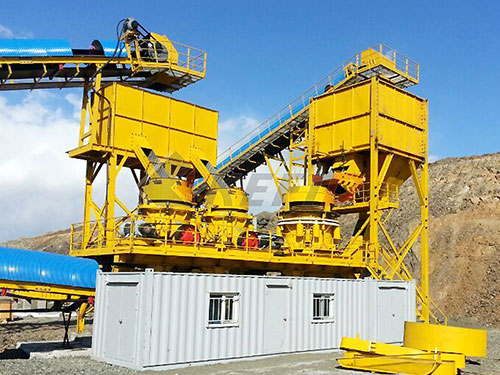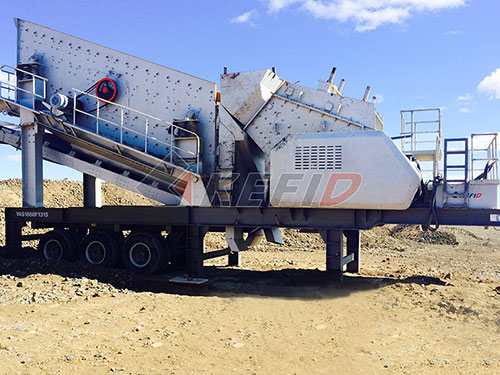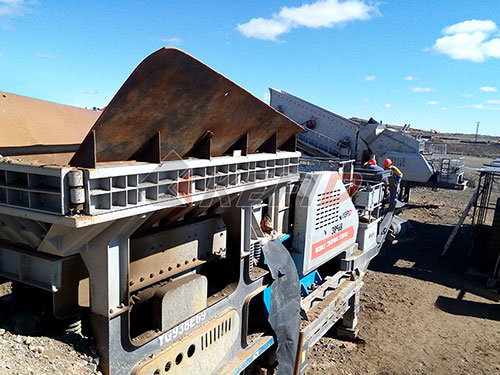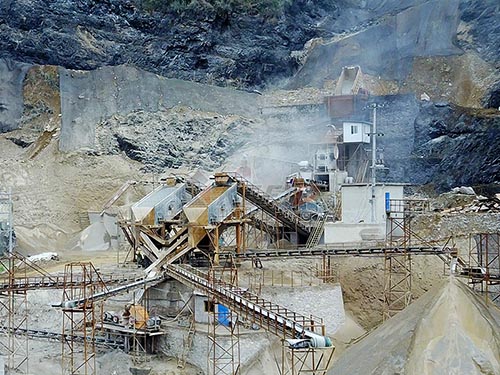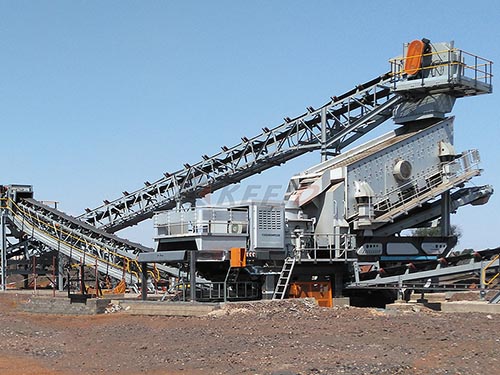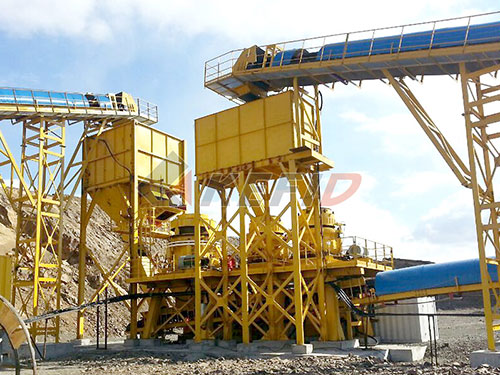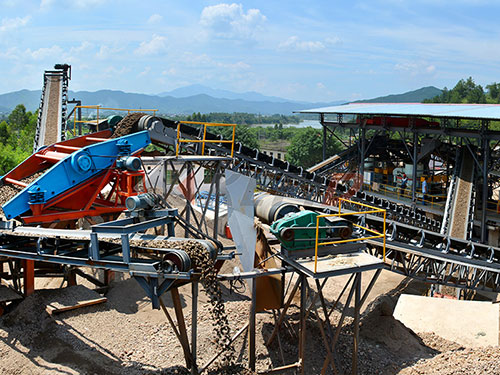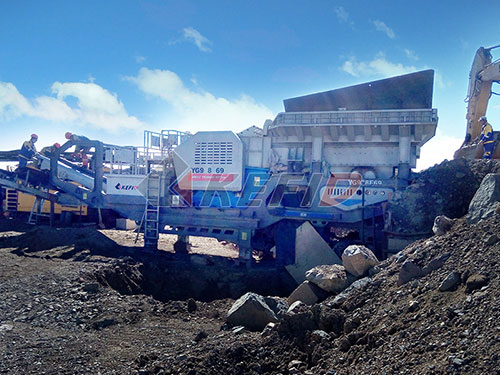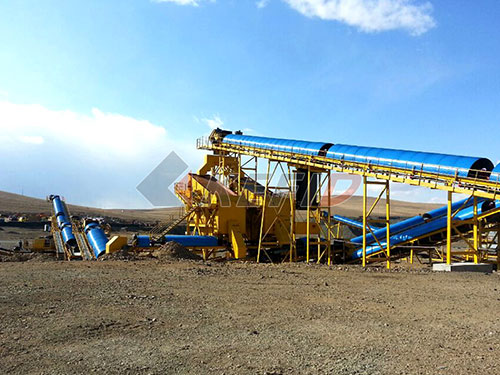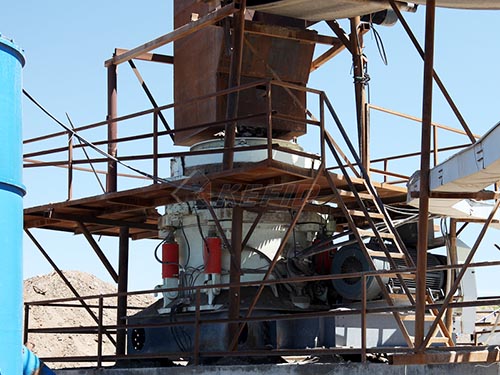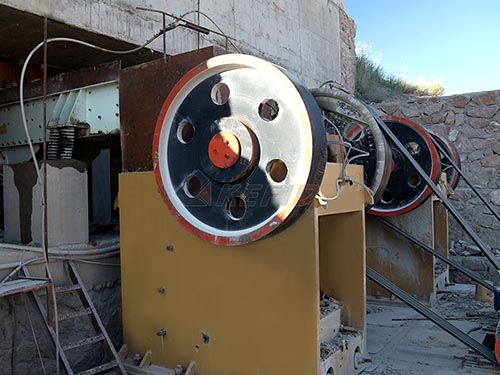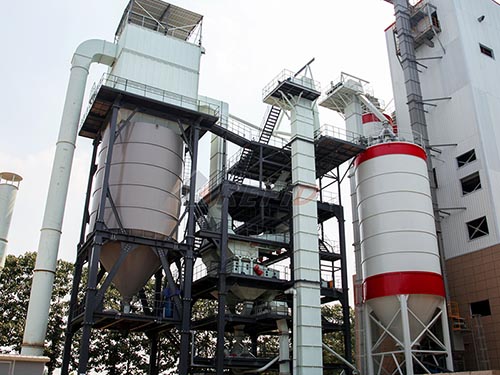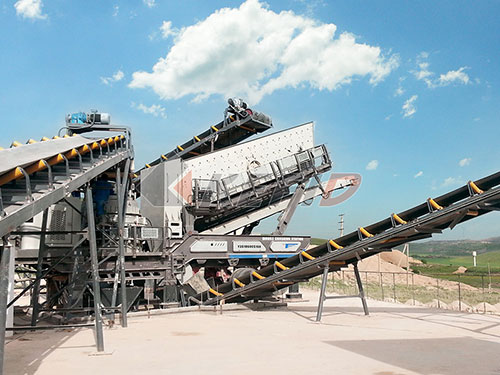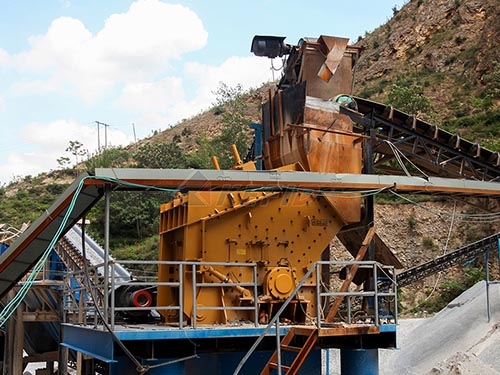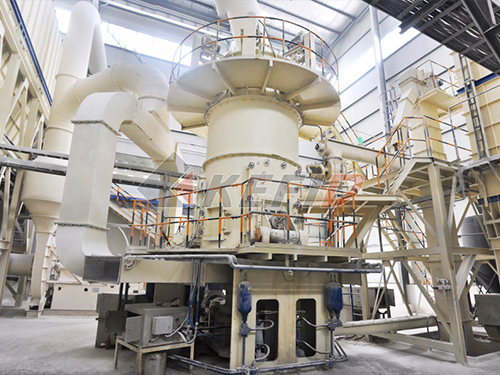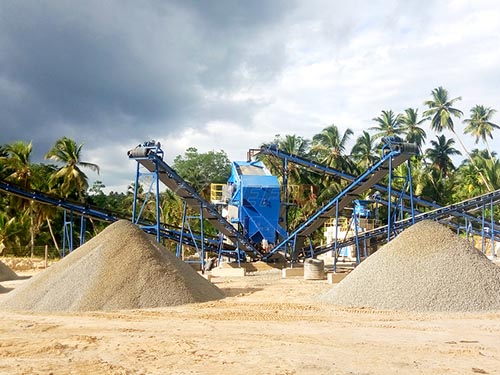The Unsung Hero: Why Your Crush Machine Needs an Extra Wheel
In the relentless world of aggregate production, mining, or recycling, the crush machine stands as a vital workhorse. Its thunderous roar signifies progress, transforming raw rock or concrete into valuable, usable materials. Yet, within this complex system of jaws, cones, impactors, and conveyors, a seemingly simple component often holds the key to minimizing costly downtime: the spare crushing wheel (or roller).
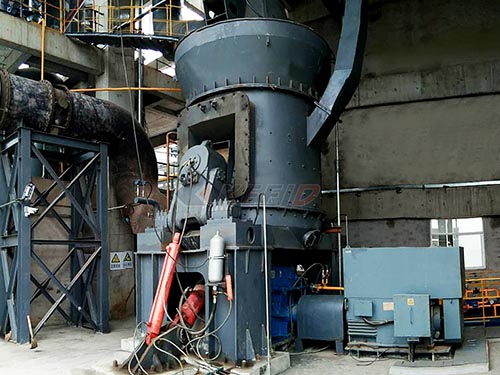
Think beyond just a “spare part.” An extra wheel specifically designed for your crusher’s wear mechanism is a strategic investment in operational continuity and cost efficiency. Here’s why:
1. Combating the Inevitable: Wear and Tear: The primary function of any crushing surface – be it jaw plates, cone mantles/concaves, or impactor hammers/blow bars – is to absorb immense impact and abrasion. Rocks are unforgiving. Over time, these critical components wear down. While routine inspections monitor wear life, having an extra wheel (a readily available replacement set for the core crushing elements) means you’re prepared before wear reaches critical levels that compromise product size or damage other machine components.
2. Dramatically Reducing Downtime: When a crusher stops due to worn components, the entire production line halts. Finding the correct replacement part can take hours or days if not stocked on-site. Retrieving it from storage and performing the changeover adds more lost time. Having an extra wheel pre-positioned slashes this downtime. Maintenance crews can swap out worn elements during planned maintenance windows or react swiftly during unplanned failures, getting the line back up and running in a fraction of the time.
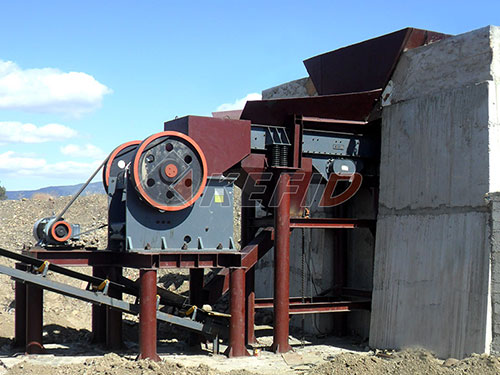
3. Optimizing Performance & Product Quality: Worn crushing surfaces don’t just slow you down; they directly impact your output quality. Oversized material due to worn jaws/cones or inconsistent gradation from dull impactor hammers leads to rejected loads and reprocessing costs. Swapping in a fresh set ensures consistent particle size distribution and maintains peak crusher efficiency right up until the next scheduled change-out.
4. Protecting Against Catastrophic Failure: Allowing components to wear excessively doesn’t just mean poor performance; it risks catastrophic damage. A severely worn jaw plate can break under load, potentially damaging the crusher frame itself. Worn blow bars can detach at high speed, causing severe internal damage to aprons, liners, and rotors – repairs far
